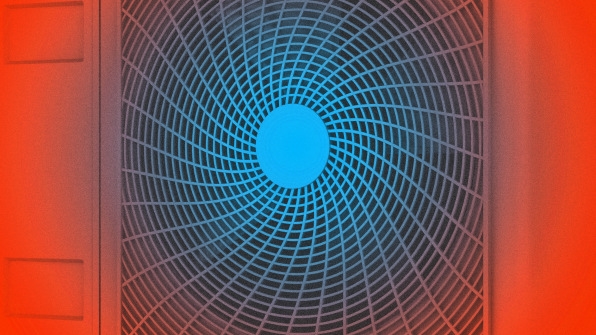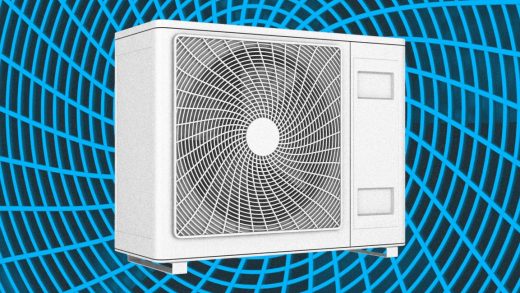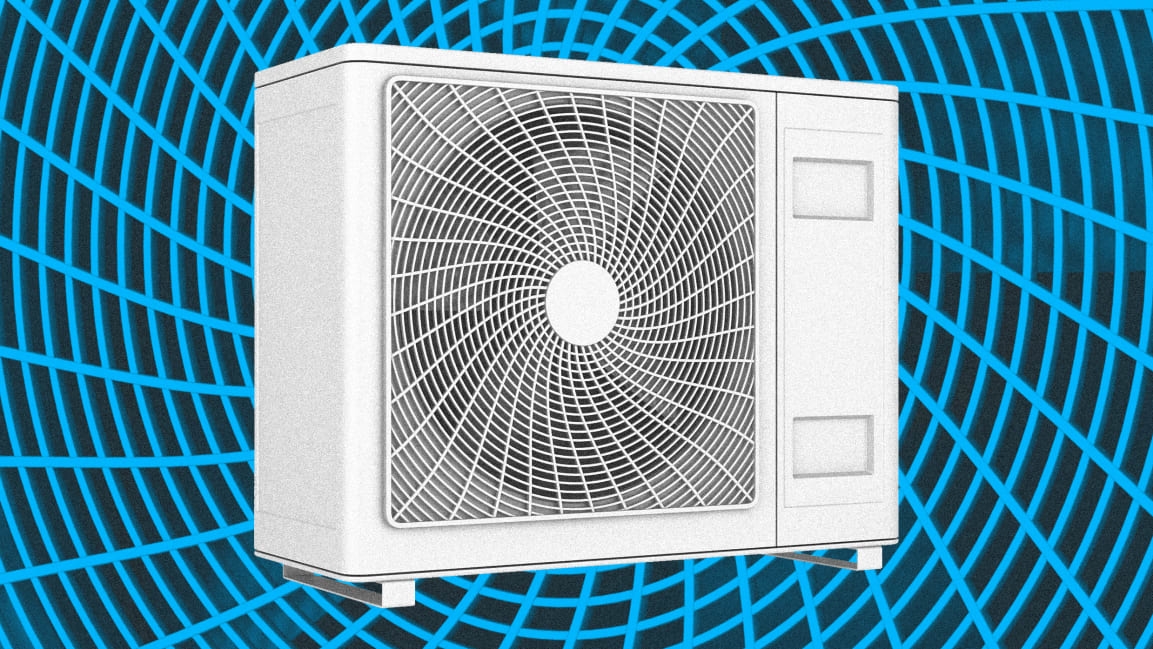There’s huge potential energy savings hiding in our air conditioners
Leonardo DiCaprio has become known for his environmental activism in recent years, donating money to causes and investing in companies helping to fight the climate crisis. It might seem unlikely that one of those companies would be a not-at-all glamorous, obscure startup that makes a new refrigerant for air conditioners. But the company, called Bluon, has technology that provides a relatively simple way to make big cuts in energy use. “He recognized quickly how impactful it could be in the real world fight for the reduction of greenhouse gases,” says Peter Capuciati, Bluon’s founder and CEO.
Swapping out the new refrigerant—called TdX 20—in place of old refrigerants in an HVAC system in a 100,000-square-foot office building can save enough electricity to eliminate 120 metric tons of CO2 per year, as much as the energy savings from converting 40 gas-powered cars to Teslas.
In the U.S. alone, residential and commercial buildings used about 377 billion kilowatt-hours of electricity to stay cool last year, or about 9% of total electricity use. Globally, by the middle of the century, energy demand from air conditioners is projected to triple as people buy the equivalent of 10 new air conditioners every second for the next 30 years. Ironically, the increase in extreme heat from climate change is leading to more sales of air conditioners and more energy use, adding to the climate pollution that leads to more extreme heat.

Refrigerants first drew attention in the 1980s, when the growing hole in the ozone layer was linked to the chemicals, called CFCs, and governments agreed to put the Montreal Treaty in place to slowly phase them out. By 2013, new equipment no longer used this type of refrigerant. By the end of this year, no new CFC refrigerants, such as R-22 (better known as Freon), will be manufactured. But most of the refrigerants designed to replace them actually create some other problems—including the fact that they use more energy.
Capuciati, a physicist-turned-real estate entrepreneur-turned investor, saw an opportunity in 2012 to find a better solution. “All the replacements that I was aware of at the time were pretty poor replacements . . . they would decrease efficiency, meaning the equipment would burn more electricity doing the same job, they would cause the unit to run harder and longer,” he says. “Therefore, they break down more often. So you had this huge infrastructure that at the time was close to $1.5 trillion worth of equipment sitting around on rooftops across the country that was going to be in trouble when R-22 finally got phased out in 2020.”
His team studied the other products on the market and realized that the software that had been used to predict how they would work was flawed. After a couple of years, they were able to develop a more efficient product, and a couple of years later, they had EPA approval to sell it. Then, realizing that all new refrigerants require retraining the technicians who install them, they developed a training program and app for technicians to use. (Traditionally, the common method for determining if enough refrigerant has been added to an HVAC system involves touching the equipment to see if it has reached a temperature of “beer can cold,” but with any of the new refrigerants, not using a more precise method can blow up a very expensive piece of equipment.)
Now, as the supply of R-22 dwindles, the company is hoping that building owners who need replacement refrigerant in old systems will turn to its product and save energy in the process. The company also wants to address the problem of refrigerants leaking from systems; if the chemicals escape, they impact climate change far more than CO2. R-22 has a “global warming potential” of 1,810, meaning that it’s nearly 2,000 times as potent at CO2 as a climate pollutant. Most of the chemicals designed as replacements are even worse. Bluon’s new product still has issues if it leaks, with a global warming potential of 1,564. But the company says that its retrofit process focuses on eliminating leaks. It also argues that the total impact of its energy savings is much larger than what could come from leaks. Its goal is to recruit and train as many HVAC technicians as possible. “You’ve got several hundred thousand technicians, that, if you think about it, are the biggest army of energy consumption on the planet,” says Capuciati.
(21)



